It's been a hell of a year for Victor Johansson. He went from a player that was almost literally completely unknown before the NHL draft, to being selected by Toronto in the fourth round to murmurs of confusion, to having a huge breakout season where he surpassed his previous season's point totals in about 10 games.
It's actually fun to follow what bits were known about him, starting with right after the draft when I pulled together everything I could possibly find about him:
To very early in Sweden's pre-season when he had only a couple of exhibition games under his belt:
To after his first 10 or so regular season game when he was already dominating.
I haven't written much about Johansson since then, only little check-ins. Now that his season is over, after his team lost in the final game of their semi-final series, I can look back at a full season of his play to put down a lot more information about him.
STATS & CONTEXT
Position: Left-shot defenseman
League: J20 Nationell
Height: 6'1"
Weight: 165 lbs
Birth date: Apr 25, 2006
The very first bit of information about Johansson that seemed shocking was his size. He was listed at the draft as something like 135 lbs. It turns out that was outdated even at that point in time, but even now where he is listed as 165 lbs it is clear that he has plenty of time and space on his frame to put on muscle and weight.
The other thing that stood out was that Johansson didn't seem to ever play a full season of hockey, and his production was very low. Before this year, his best season for points was back in 2021/22 as a 15 year old when he had 19 points in 32 games. After that, he had 4 points in 34 games as a 16 year old and then 10 points in 42 games as a 17 year old. So he didn't jump off the stats page as being a very offensive defenseman.
Now that he has a full season under his belt in Sweden's top junior league, Johansson finished with 7 goals and 39 points in 47 regular season games and added another 5 points in 7 playoff games. Both were among the league leaders for defensemen in point production. He beat his previous season in point production in only 8 games.
The other bit of information I can share is that Johansson was arguably his team's top overall defenseman on the team – a team that was the best in the league. He was on one of the two top pairs that got a lot of minutes at even strength. He was on the top powerplay unit. He got a lot of usage on the penalty kill too. He led his team's defense in points. He led his team as a whole in +/- if you like that kind of thing. He was used to protect a lead, he was used to help stage a comeback, he was used a lot in all situations. He was, perhaps, the top two-way defenseman in the league.
And he did all of this while often playing on his wrong side. Johansson is a left shot defenseman, and at least towards the end of the regular season and into the playoffs he was often playing the right side at even strength, since the team only had one naturally right shot defenseman. So Johansson was who they trusted to lock down the right side at even strength in their top pair. He would often shift to play on the left while on the powerplay or penalty kill, on the other hand.
The other good sign is that Johansson got his first taste of the SHL pro level this season, dressing for five games but getting the characteristic kid treatment where he played 2:16 in one game then not at all for the other four. While it may not seem like a lot, it means he's on their radar.
Leksands have 5 defensemen under contract going into next year, and they are losing their 2nd, 4th, and 6th defensemen by average TOI. Johansson would be tied for the second tallest defenseman left on the roster, and he could offer a much greater potential for offensive generation and puck movement considering their top producing defender had only 17 points last year. They could always bring in new guys, but it would appear that Johansson could have an opportunity to fight for a regular role in the SHL next season.
All of that information out of the way, it's time to break down his game from what I watched of him – which was at least 20+ full games.
SCOUTING REPORT
In the scouting reports written about him around the draft, there were a few things that were mentioned as positive elements for his game: he was smooth and a good skater, he was surprisingly physical for his size, he had "excellent defensive instincts" per Wes Clarke, and he had good stickwork and fluid hands to look poised and skilled when he had the puck. The knock on him was that he was passive, and he was easily outmuscled.
It's interesting to re-read those early scouting reports given everything I saw from him this season, both to confirm his areas of strength but also to see where he improved the most.
Offense
I'll start with the offensive side of his game, because this is arguably where he showed the greatest growth. I didn't see him at all last season, but I suspect that his biggest leap this season was getting rid of that passivity with the puck. In fact, I thought at times he would try to do too much. When he had the puck, he showed a lot of confidence with it. A lot of that is down to being such an incredible agile skater, but also very smooth. He would stop, start, weave, cut, circle, shift his feet mid-stride, change his hips, and any other thing you can think of to shed defenders chasing him and deke them out of his path. He also showed pretty good hands while handling the puck, but most of that was more of an ability to do some fakes and feints to further sell fake movements from his feet and hips, and then keeping the puck safe as he skated past or around defenders.
One thought I had watching him, is how he breaks down a defense in the offensive zone. Against a set defense, systems are set up to keep things contained. Defenders will try and angle puck carriers to certain sections or sides of the ice. It limits their space and makes life a lot more manageable for the defense. If you can make a pass or carry it past that initial defender, you open up a lot of options. Suddenly the defense is exposed, since they're set up against a position that doesn't exist anymore. They have to scramble to get set in new positions, and this is where breakdowns defensively are more likely to happen. There's more space, more movement, more lost defensive coverage.
This is what Johansson showed he can do at a pretty high level in his junior league. He is elusive, daring, and capable enough to not take what the defense tries to force him into. He can deke or pass it through or past that initial defender and create that breakdown and chaos. Even if his next move, whatever it is (shot, pass, carry it deeper into the zone, deke past the second defender) doesn't work, it often still creates a dangerous opportunity because the defense is scrambling and the puck is in a more high quality area of the ice for shots.
Here's some examples of what I'm talking about. All of these are from the playoffs, so it's not him feeding against the weakest teams in the league.
Victor Johansson (#48 in White/Blue) - Offense Highlights
Transitions
I think the area of the ice where Johansson had the greatest impact on the ice for his team was in transitioning the puck up the ice. That means retrieving dump ins or loose pucks in his own end and getting it out safely and with possession maintained. That way, he and his teammates aren't just hemmed in all the time. It also means transporting the puck through the neutral zone and into the offensive zone with control, which helps drive better possession and offensive opportunities for his team.
The same things I said about Johansson's offense is even more true here. He can drive transitions so well because of how good and elusive he is as a skater. It's hard enough for defenders to contain him when they have a set defense in a confined space like the offensive zone, but when they have to deal with him in open ice you can basically forget about it. The only times I saw him get 'shut down' trying to skate with the puck, it's because either Johansson tried to force a rush against like three defenders, or the other teams did a good job with their multiple good skaters to stick with him or trap him.
Here are some examples of what I'm talking about:
Victor Johansson (#48 in White/Blue) - Transitions Highlights
Defense
Finally, we come to his defense. I have gone back and forth about this all year, but I think this is where Johansson shows the most promise as far as projecting him to the AHL and maybe the NHL one day. But as of right now, it might be the "weakest" part of his game. I put that in quotes because he isn't bad defensively, not at all.
That scouting report saying Johansson was surprisingly physical for his size was very true to me. His physical play combined with his skating is the hallmark for his ability to shut down opponents with the puck. He does a great job, both defending his own blueline in the neutral zone and in his own end, at using his feet to stick with puck carriers, get a step on them then start angling and pushing them into the boards.
Then, even though Johansson doesn't have a lot of muscle and weight, he does an excellent job generating leverage to keep his feet moving and powering them into the boards to bring them to a stop without taking a penalty. All the while, he will make sure he maintains leverage by moving his feet and adjusting his angle of force, and use his hands and stick to try and strip the puck or at least knock it away.
Here are some great examples of what I mean:
Victor Johansson (#48 in White/Blue) - Defense Highlights
CONCERNS & DEVELOPMENT GOALS
The big question for me is how well can all of this project to higher levels? The jump from Sweden's junior league to the SHL is no joke, and the jumps after that to the AHL and then the NHL are arguably even bigger. In one of my early reports on him, I said the following:
On the other hand, Johansson just has so far to go in in improving so many areas of his game. Let's say that all skills are rated out of 10, and Johansson's is limited at something like 3-4 across the board right now. Is it reasonable to expect them all to grow to 7 or 8? I don't think it is.
But having watched him from the pre-season through the playoffs this year, I think I had an incorrect initial assumption of what his level was at the time. Rather than being 3-4 across the board, it was probably already more like 5-6. Either that, or he took a pretty big leap in any of those areas between last season and this one that I didn't see, because I hadn't watched him the previous year.
Regardless, I would say that as of right now, Johansson's levels in any conceivable area of play as a defenseman is in that 5-6 range across the board. Some might be teasing into 7s, but not fully – not yet. That's a lot more reasonable to expect him to improve in those areas to get to the 7-8 range, which is where I think I would start to consider him to have legitimate NHL potential, even if it as a depth defenseman playing on the third pair.
My concerns for his potential, and therefore the areas of improvement I think are most important for him to work on, is as follows:
- Gain muscle and weight. His two brothers are 6'4" and 196 lbs, as well as 6'2" and 194 lbs. He already took a big jump for weight from last year to now, and with proper guidance on nutrition and exercise from Toronto's development staff, I'm hoping he can hit the start of next season at least 10 lbs heavier, which would put him at 175+. Him having more muscle means that his skating will likely be more explosive and with a higher top speed, his shot will have more power behind it, and most importantly he will be better able to play that physical, suffocating style of defense against SHL opponents. The more muscle he adds, the more effective he can be in these areas. This is probably the easiest thing for him to improve over the next few years.
- Improved decision making. I mentioned that at times he'd try and do it alone against 3+ opponents at once on the rush, because in junior he'd actually get away with it at times. That won't fly in the SHL, and especially not in the AHL and NHL. This is often a maturity thing, an adjustment all junior to pro players need to make. The degrees to which different players can make that adjustment and learn that lesson will vary from person to person.
- Become less passive. This is more specific, but while I think he eliminated a lot of the passive nature he reportedly had last year, I do think at times he still showed it off and on. Moreso with the puck in the offensive zone, where he'd sometimes settle for a pass that seemed just for the sake of it and without much power on it, not giving his teammate much time before the defense would bear down on them. But there are also times on defense where he seems to kind of zone out – not a complete "Xbox controller disconnected" moment, but just sort of coasting or stopping after he was chasing a player down and they passed it away, and he wouldn't make sure to stick with his man or get back into a better position defensively.
- Improve his shot and his passing. A lot of this for both is just down to power. He'd have pretty good shots, but not a lot of power behind it. That will partially be solved by adding muscle, but I think there are some mechanical tweaks he can make so his shot adds even more power but also with a quicker and more accurate release. For his passing, I think he work on not relying on his feet so much to move the puck. Instead, he can learn to open passing lanes with his hands/feet and then passing it instead of skating into that open space as often as he does now.
Johannson may not be a guy who is a high end offensive defenseman or a defensive defenseman, but he seems like he could wind up being just a solid two-way guy who is good at everything. I think if there is one thing that will carry him to the NHL, it will be his combination of skating and how that unlocks his offensive and defensive strengths. At this point, I think what I'll be waiting to see is how much him bulking up to even an 'average' weight for his height as a hockey player improves his game in all of these areas. If that alone sets his levels in that 7ish area out of 10, then it's not asking for dramatic improvements in other ways to get to the 8s.
So while Johansson still has some work to do to get to a high enough level, ultimately I think at this point I am a good deal more confident in his potential in the future than I was a year ago.
Thanks for reading!
I put a lot of work into my prospect articles here, both for the draft and Toronto's prospects. I do it as a fun hobby for me, and I'd probably do it in some capacity even if PPP completely ceased to exist. But if you like reading my work, some support would go a long way! I pay for a few streaming services (CHL, NCAA, USHL, the occasional TSN options for international tournaments that are broadcast) to be able to reliably watch these prospects in good quality streams. I also pay for some prospect-specific resources, such as tracking data and scouting reports from outlets like Elite Prospects, Future Considerations, McKeen's Hockey, The Athletic, and more.
Being able to get paid for this helps me dedicate more time and resources to it, rather than to second/third jobs. And whatever money I make here, a lot of I reinvest back into my prospect work through in those streaming and scouting services. Like I said, I'd be doing whatever I can afford for this anyway, so any financial help I get through this is greatly appreciated!


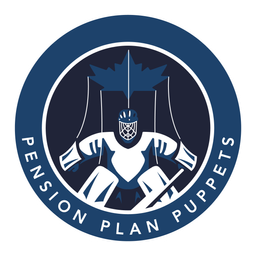
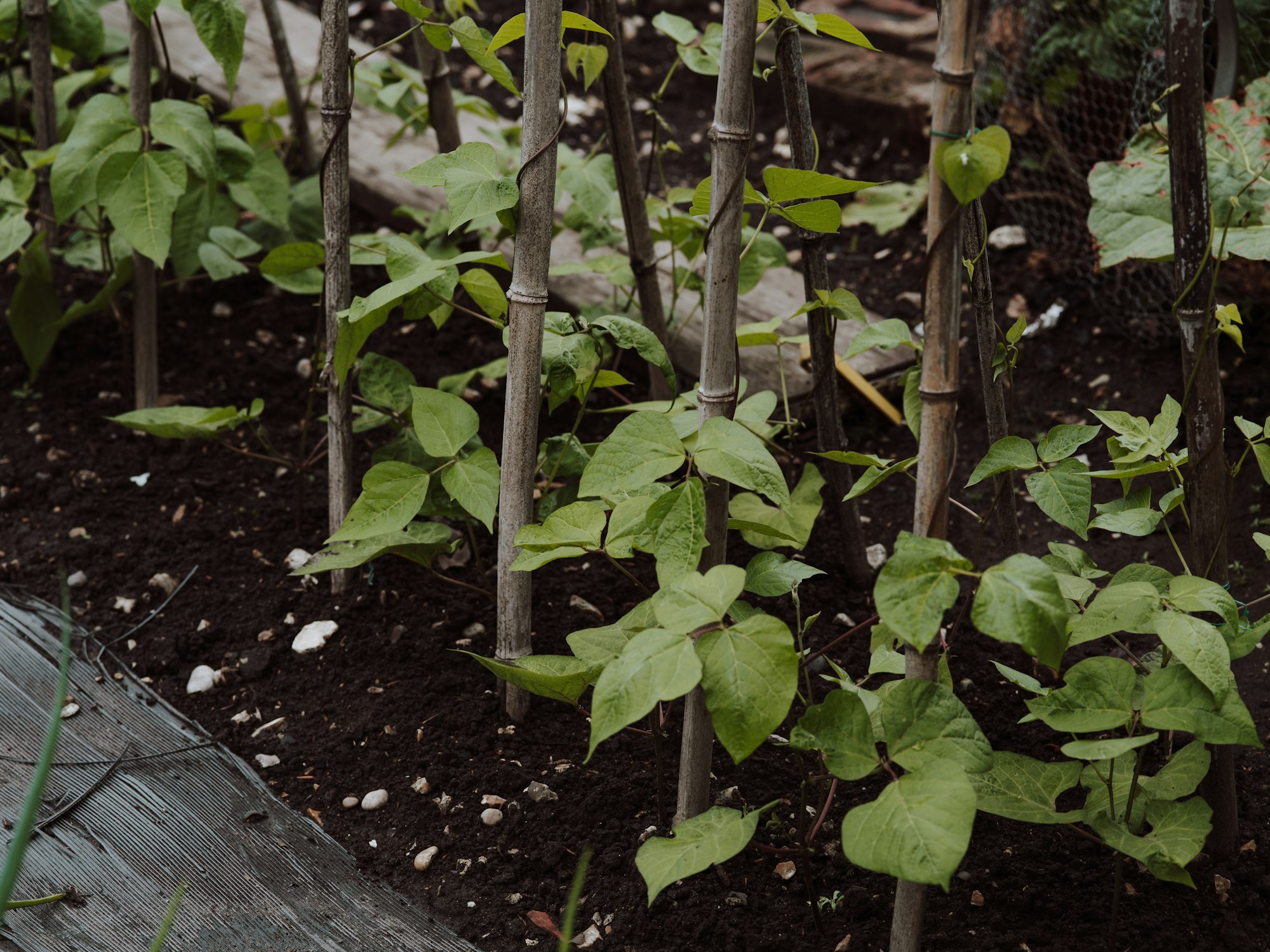
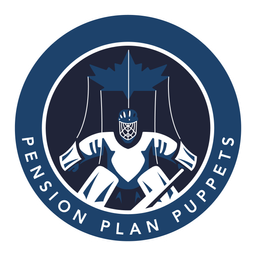
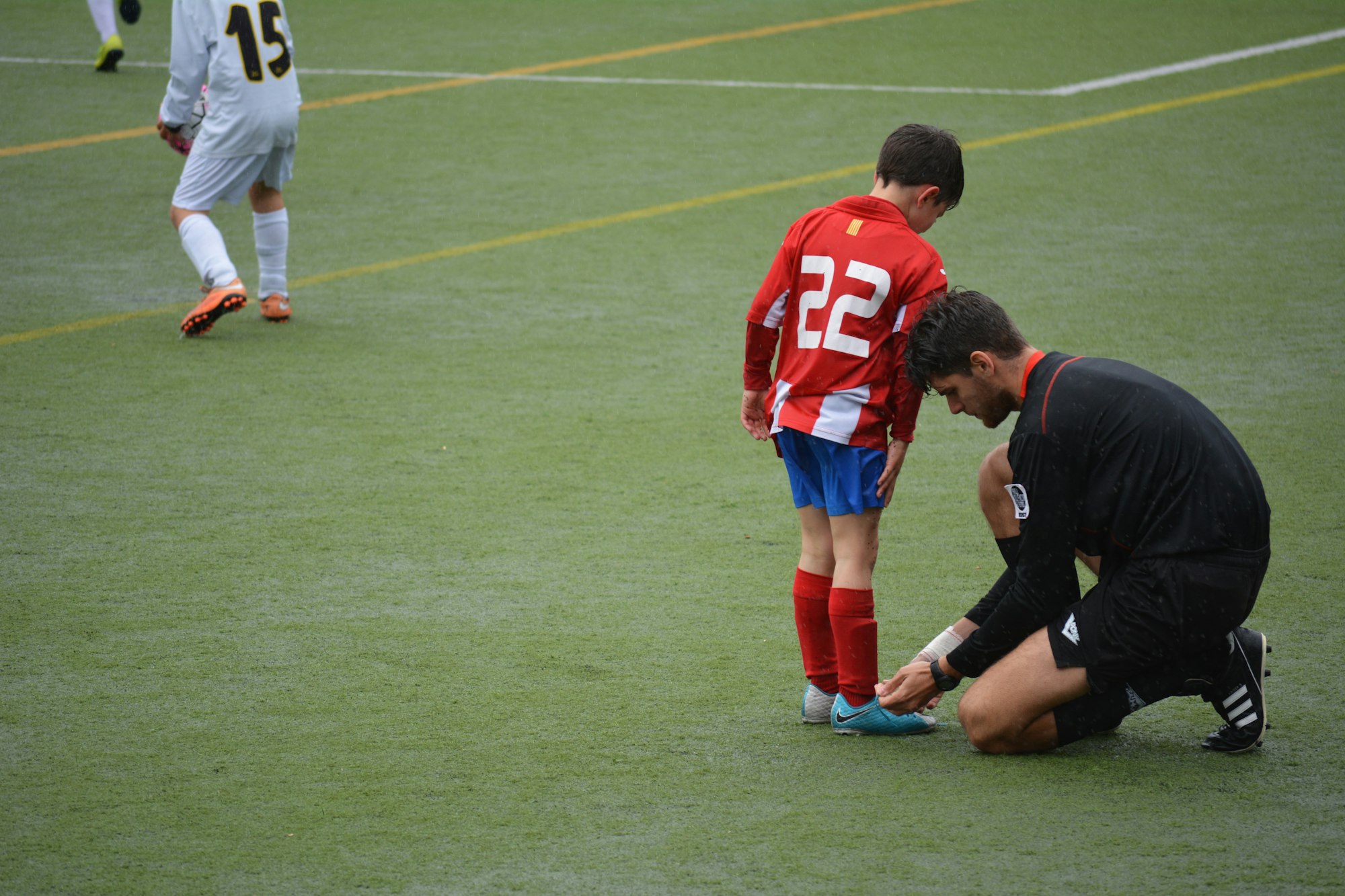
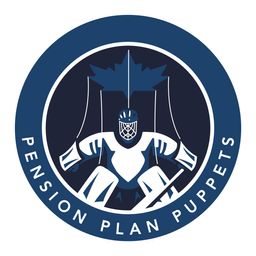



Comment Markdown
Inline Styles
Bold: **Text**
Italics: *Text*
Both: ***Text***
Strikethrough: ~~Text~~
Code: `Text` used as sarcasm font at PPP
Spoiler: !!Text!!